Commentary
Think about this frightening scenario: You are seriously ill or disabled, perhaps mentally ill. You become suicidal. Assisted suicide and euthanasia are legal, so you ask your doctor to end your life.
She replies, “OK, that’s your choice. And by the way, can we also take your liver?”
Wait! What? Isn’t that crass scenario alarmist and farfetched? It’s certainly crass, but unfortunately, it isn’t alarmist or farfetched. Lethal injection euthanasia is already conjoined with organ harvesting where it’s legal.
For proof, we need only look to Canada, our closest cultural cousins. The Canadian Supreme Court created a right to lethal-injection euthanasia in 2014—known euphemistically as MAID for “medical assistance in dying.” Once killing sick patients became legal, it didn’t take long for doctors to conjoin lethally injecting patients—some of whom wouldn’t have died naturally for months or years—with harvesting their organs.
Not only that, but in Ontario and Quebec, once despairing people are approved for euthanasia, doctors inform organ donation organizations about the planned killing so they can contact the suicidal patient to request their organs. As reported by the Ottawa Citizen in a celebratory story, Trillium Gift of Life Network—which administers Ontario’s organ donation outreach—became “the first jurisdiction in the world to proactively reach out to those who had been approved for assisted death to discuss donation.”
Transplant Quebec, the organ donation administrator for that province, soon followed suit. According to the
story, 5 percent of transplant organs in these provinces now come from people killed by doctors.
Please note that suicide prevention organizations aren’t notified when a patient asks for euthanasia. In other words, when a legally qualified patient wants to die, the emphasis in Canada shifts from helping the person live to ensuring that he or she dies—and that society benefits from the killing.
Belgium and the Netherlands also permit euthanasia organ harvesting, including upon those who are mentally ill. In other words, truly despairing people—who could otherwise live indefinitely—enter a hospital, are transfused with poison, and minutes later, their heart, liver, kidneys, and lungs are removed.
American Blueprints
At this point, U.S. defenders of legalizing assisted suicide/euthanasia will say that organ harvesting after assisted suicide isn’t happening here. While that’s true, the blueprints for permitting organ donation euthanasia are already being written in prestigious medical and bioethics journals.This includes organ transplant publications, which should insist on the highest ethical standards if only to preserve trust in the system. The most important such protection is known as the “dead donor rule” (DDR)—which requires actual death before vital organs are procured, and as a corollary, ensures that patients aren’t killed for their organs.
But some in the medical transplant community have identified a loophole. As long as the patient asks for euthanasia first, organ donation after the killing is perfectly respectable.
In 2011, a
study in Applied Cardiopulmonary Pathophysiology reported on the successful lung transplants from four Belgian patients who were euthanized. The report concluded cheerily, “Euthanasia donors accounted for 23.5% of all DCD [donors after cardiac death] lung donors with excellent post-transplant graft function and good early recipient outcome.”
At no point did the authors question the morality of killing and harvesting patients—none of whom, it’s worth pointing out, were terminally ill. Good grief, one of those killed and harvested in the study was a mentally ill chronic self-harmer.
Let’s pause for a moment and consider what happened. Doctors decided that the ultimate injury—death—was appropriate to “treat” self-harming, and that the mentally ill are splendid donors because their organs are healthy. And the patient was allowed to think that her death would have greater value than continuing to live.
Who knows if that was the tipping point in the decision to die? The mind boggles.
There are many other examples of articles in respected medical journals uncritically accepting the conjoining of euthanasia with organ procurement. The most recent was in the Aug. 5 JAMA Surgery—published by the American Medical Association—that assessed the practical viability of procuring livers for transplant from people killed via euthanasia.
The study celebrates the utilitarian potential: “Organ donation after euthanasia could help alleviate the current organ shortage. A retrospective study found that 10% of patients who underwent euthanasia could have been a suitable organ donor. Especially for patients for whom organ replacement therapy options are limited, including candidates for a liver transplant, the use of organs donated after euthanasia could reduce waiting-list mortality.”
Never mind that the death of the donor would be
caused by premeditated legal homicide. The utterly amoral
study—in one of the USA’s
leading medical journals—concludes that while there are some safety issues to consider, “findings from this study suggest that the use of liver grafts donated after euthanasia is justifiable and can expand the existing donor pool.”
Death by Organ Harvesting
Good grief, why not just skip the lethal injection and kill the patient via organ removal itself? That bloody harvest isn’t being done—yet—but it’s been proposed in several reputable bioethics and medical journals.
That includes the New England Journal of Medicine (NEJM), perhaps the world’s most respected medical publication. In “
The Dead Donor Rule and the Future of Organ Donation,” three bioethicists argue in favor of
changing homicide laws to permit euthanasia by organ harvesting: “Although shifting the ethical foundation of organ donation from the DDR to the principles of autonomy and nonmaleficence would require creation of legal exceptions to our homicide laws, this would not be the first time we have struggled to reconcile laws with the desire of individual patients to die in the manner of their own choosing.”
Similarly, in 2019, the Journal of Heart and Lung Transplantation published an
article advocating “organ donation euthanasia” (ODE)
by removing the beating heart from the still-living patient. Never mind that the Hippocratic Oath explicitly forbids assisted suicide, the authors wrote, “Making ODE possible, compared with neglecting the patient’s wish and not facilitating this procedure, respects the Hippocratic Oath, which mandates taking care of the organ donor and the recipient in the best possible way.” Good grief!
What are we to conclude from this godawful circumstance? Once a society accepts the poisonous premise that some of its members have a life of such low quality that doctors should be allowed to kill them, and once these patients—many of whom already feel like burdens—are allowed to believe that their deaths have greater societal value than their lives, the conversion of suicidal patients into so many organ farms becomes a logical imperative.
As the great moral philosopher Leon Kass once put it, “Shallow are the souls that have forgotten how to shudder.”
Award-winning author Wesley J. Smith is the chairman of the Discovery Institute’s Center on Human Exceptionalism and a consultant to the Patients Rights Council.
Views expressed in this article are opinions of the author and do not necessarily reflect the views of The Epoch Times.
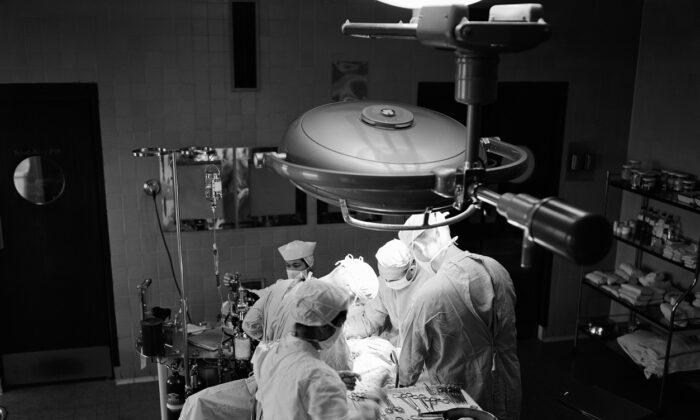
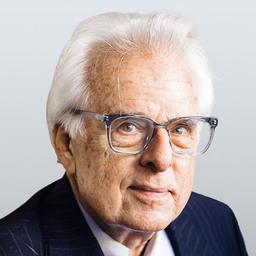
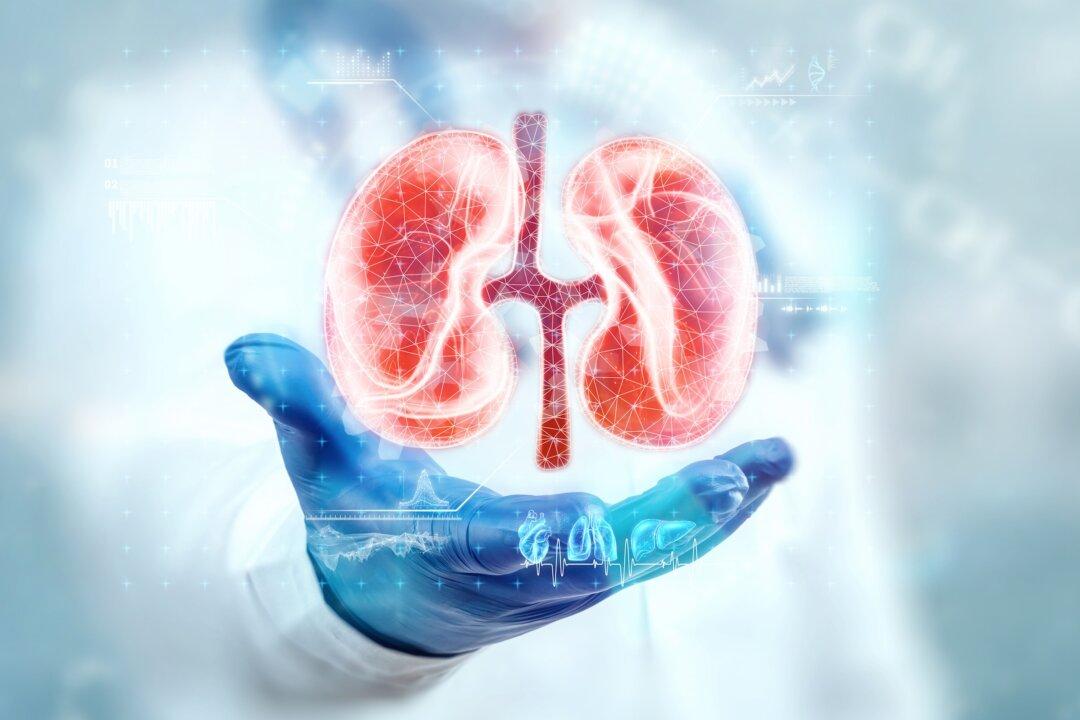
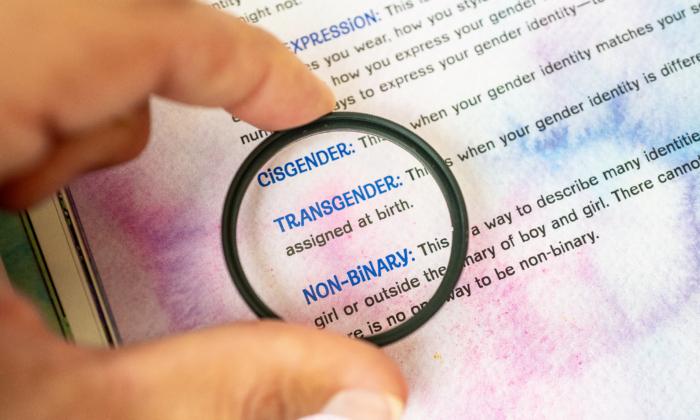
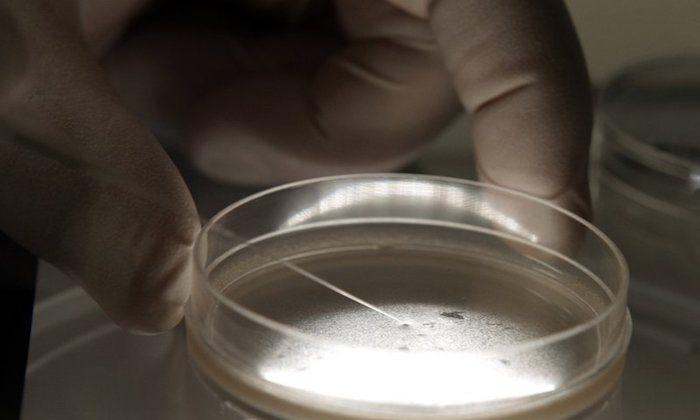
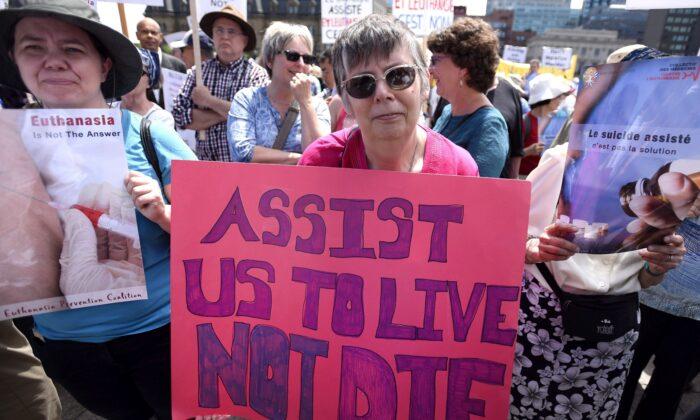
Friends Read Free